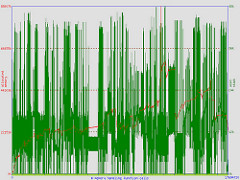(Qt)WebKit Sprint in Wiesbaden
The sprint is over for some time. You can see summaries of the different sessions and some slides in the wiki. Besides talking about QtWebKit and how to improve it (API, features, speed, make people aware that they can contribute, influence the release schedule, policies.. *hint*) the thing that has impressed me the most is unrelated to coding. We all hear when someone from our Community is leaving the Qt department, and we always wonder how life will continue, who…
